MARTE Y JÚPITER
MARTE Y JÚPITER

Cuando encuentras a alguien que te pueda entender en todas las formas y ámbitos, descubres la libertad de ser. Manten la mente libre y tu alma tambien
More Posts from Vicens-anllu and Others
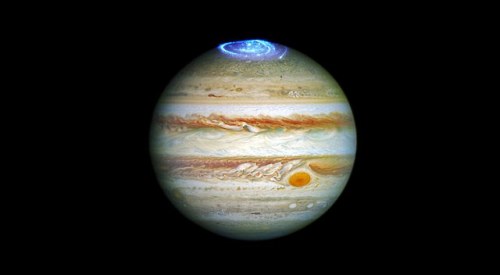
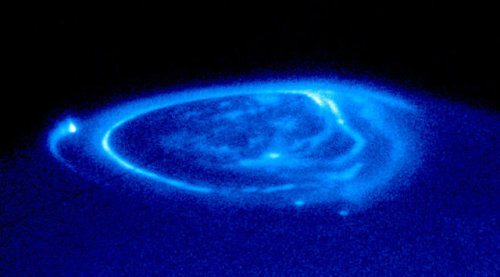
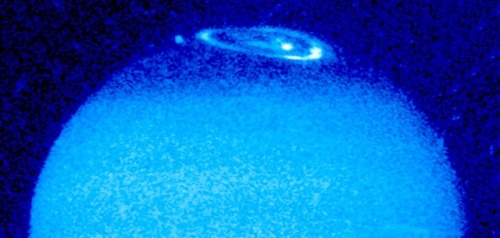
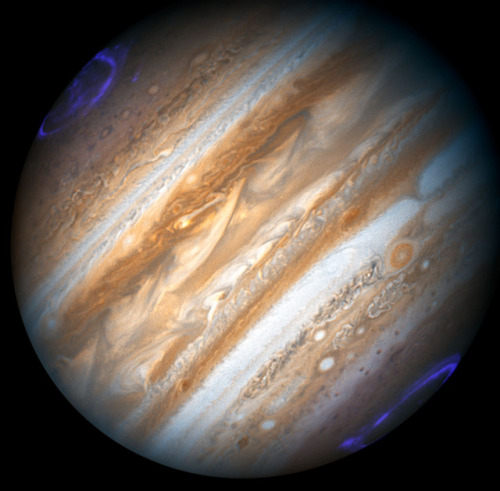
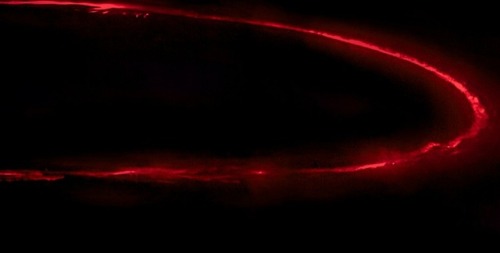
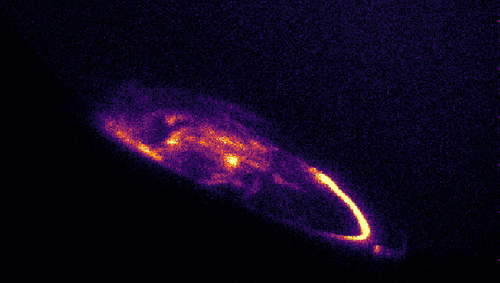
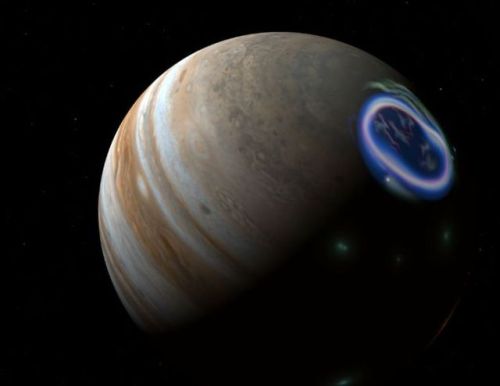
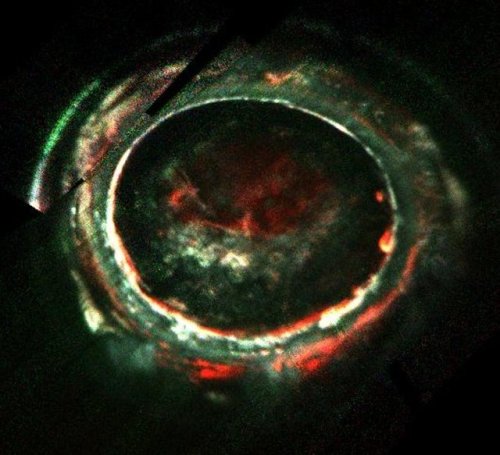
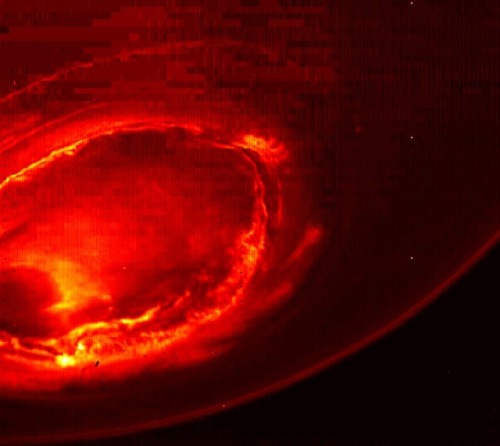
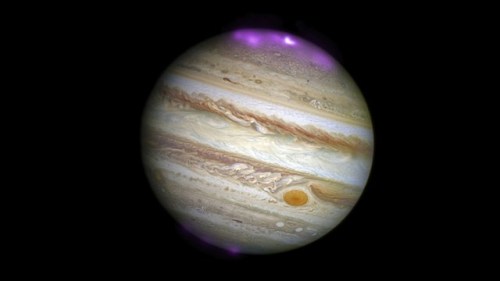
Just like on Earth, other planets in the solar system also have auroras. Jupiter’s auroras are the strongest in the solar system. These images were captured by the Juno, Galileo and Hubble probes.
Imagens: NASA, ESA, Juno, Galileo, Hubble

At the center of your being you have the answer; you know who you are and you know what you want.- Lao Tzu
Art by Harumi Hironaka Motion by TheGlitch #theglitch
Nosferatu y manostijeras

Nosferatu | watercolor | 30 x 40 cm | 2020 Original sold #Nosferatu / #watercolor #timelapse #acuarela #murnau #silentmovie #cinemudo #germanexpressionism #expresionismo #orlok #maxshreck #schreck #monster #vampire #art #arte #pintura #painting https://www.instagram.com/p/CA0Go_yA5v3/?igshid=1fzktkxh6tpgc

NGC 6357









What’s Up for September 2017?
Set your sights beyond the solar system and take a late summertime road trip along the Milky Way!

On September 15 the Cassini spacecraft ends its glorious Saturnian science tour by plunging into the atmosphere of Saturn, becoming forever a part of the ringed planet. Learn more about the end of mission activities HERE.

This month Saturn is the only prominent evening planet low in the southwest sky.

Look for it near the constellation Sagittarius. Above and below Saturn–from a dark sky–you can’t miss the summer Milky Way spanning the sky from northeast to southwest.

Grab a pair of binoculars and scan the teapot-shaped Sagittarius, where stars and some brighter clumps appear as steam from the teapot. Those bright clumps are near the center of our galaxy, which is full of gas, dust and stars.

Directly overhead is the great Summer Triangle of stars. Vega, Altair and Deneb are in the pretty constellations Lyra, Aquila and Cygnus.

As you gaze toward the northeast you’ll see Cassiopeia, the familiar W-shaped constellation…and Perseus. Through your binoculars, look for the Perseus Double Cluster. Both of the clusters are visible with the naked eye, are 7500 light years away, and contain more than 300 blue-white super-giant stars!

Every star and every object you can see with your unaided eye is part of the Milky Way. With one exception: the great Andromeda galaxy, which is faintly visible through binoculars on the opposite side of the night sky from Saturn and the teapot.
You can find out about our missions studying the solar system and universe at: https://www.nasa.gov/topics/solarsystem/index.html
Watch the full What’s Up for September video:
Make sure to follow us on Tumblr for your regular dose of space: http://nasa.tumblr.com.






MjX

by Betty Turbo



-
 et-hoc-est-mihi liked this · 6 years ago
et-hoc-est-mihi liked this · 6 years ago -
 speaknvw reblogged this · 6 years ago
speaknvw reblogged this · 6 years ago -
 speaknvw liked this · 6 years ago
speaknvw liked this · 6 years ago -
 veessy reblogged this · 7 years ago
veessy reblogged this · 7 years ago -
 jw-giulia-lenticchia liked this · 7 years ago
jw-giulia-lenticchia liked this · 7 years ago -
 ugh-alex-bloody-turner reblogged this · 7 years ago
ugh-alex-bloody-turner reblogged this · 7 years ago -
 noemy05-b-blog liked this · 7 years ago
noemy05-b-blog liked this · 7 years ago -
 emmaliebee liked this · 7 years ago
emmaliebee liked this · 7 years ago -
 mazla liked this · 7 years ago
mazla liked this · 7 years ago -
 u-n-a-c-h-i-c-a-m-a-s liked this · 7 years ago
u-n-a-c-h-i-c-a-m-a-s liked this · 7 years ago -
 martinaromano1 reblogged this · 7 years ago
martinaromano1 reblogged this · 7 years ago -
 martinaromano1 liked this · 7 years ago
martinaromano1 liked this · 7 years ago -
 lavidamodernaderony reblogged this · 7 years ago
lavidamodernaderony reblogged this · 7 years ago -
 nofeelingbitch liked this · 7 years ago
nofeelingbitch liked this · 7 years ago -
 mr-miker liked this · 7 years ago
mr-miker liked this · 7 years ago -
 erkiuxx0908-blog liked this · 7 years ago
erkiuxx0908-blog liked this · 7 years ago -
 wetheyaoiisfabulous liked this · 7 years ago
wetheyaoiisfabulous liked this · 7 years ago -
 kosmic-ann liked this · 7 years ago
kosmic-ann liked this · 7 years ago -
 intens3ly-m3 liked this · 7 years ago
intens3ly-m3 liked this · 7 years ago -
 yana-95 reblogged this · 7 years ago
yana-95 reblogged this · 7 years ago -
 yana-95 liked this · 7 years ago
yana-95 liked this · 7 years ago -
 dydosmerj-blog liked this · 7 years ago
dydosmerj-blog liked this · 7 years ago -
 carolincacaoooo-blog liked this · 7 years ago
carolincacaoooo-blog liked this · 7 years ago -
 simples-anhelos-y-complejos liked this · 7 years ago
simples-anhelos-y-complejos liked this · 7 years ago -
 pietroigarza reblogged this · 7 years ago
pietroigarza reblogged this · 7 years ago -
 candela-pero-sin-la-moto-ah-blog liked this · 7 years ago
candela-pero-sin-la-moto-ah-blog liked this · 7 years ago -
 davidoroozc reblogged this · 7 years ago
davidoroozc reblogged this · 7 years ago -
 davidoroozc liked this · 7 years ago
davidoroozc liked this · 7 years ago -
 scarlinrouge reblogged this · 7 years ago
scarlinrouge reblogged this · 7 years ago -
 cataxm reblogged this · 7 years ago
cataxm reblogged this · 7 years ago -
 devilsadvocate-95-blog reblogged this · 7 years ago
devilsadvocate-95-blog reblogged this · 7 years ago -
 devilsadvocate-95-blog liked this · 7 years ago
devilsadvocate-95-blog liked this · 7 years ago -
 a5-belen-blog liked this · 7 years ago
a5-belen-blog liked this · 7 years ago -
 vicens-anllu reblogged this · 7 years ago
vicens-anllu reblogged this · 7 years ago -
 vicens-anllu liked this · 7 years ago
vicens-anllu liked this · 7 years ago -
 soyunapowerrangers reblogged this · 7 years ago
soyunapowerrangers reblogged this · 7 years ago -
 0-lllllllllllllllllllllllllllll liked this · 7 years ago
0-lllllllllllllllllllllllllllll liked this · 7 years ago -
 costurasdeamor reblogged this · 7 years ago
costurasdeamor reblogged this · 7 years ago -
 ponquesito16 liked this · 7 years ago
ponquesito16 liked this · 7 years ago -
 karen-muse-blog liked this · 7 years ago
karen-muse-blog liked this · 7 years ago
